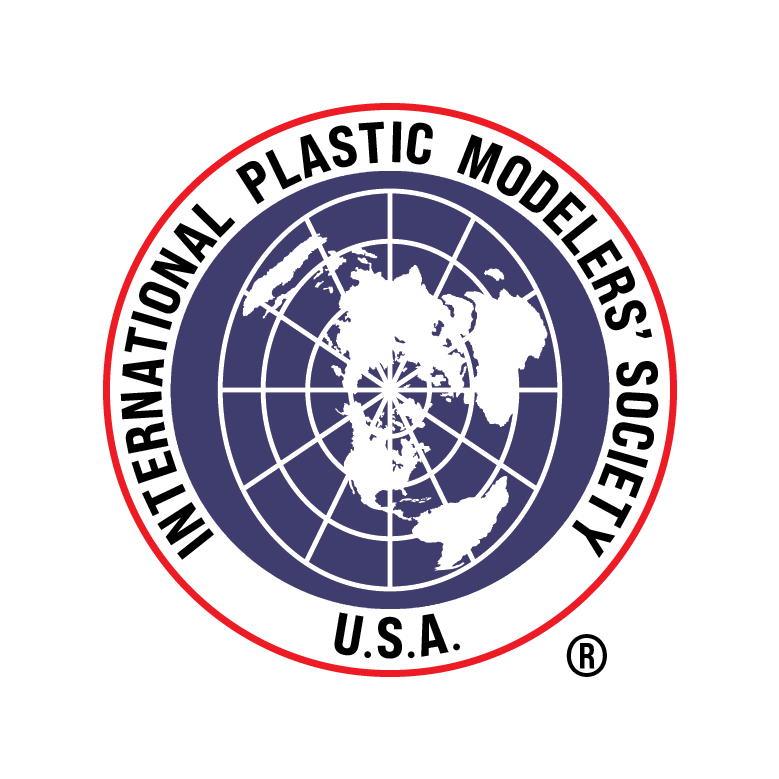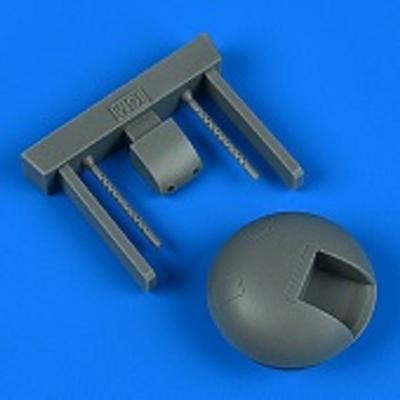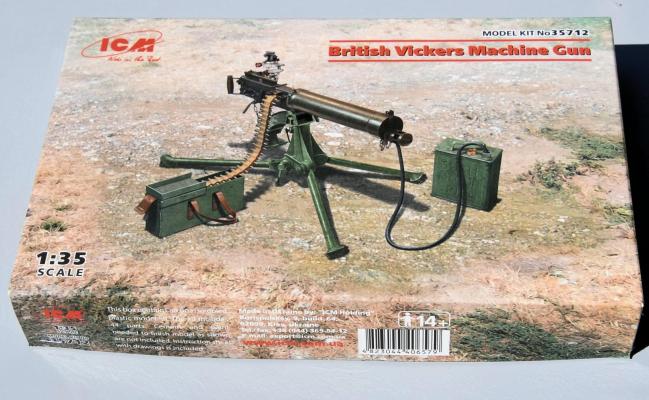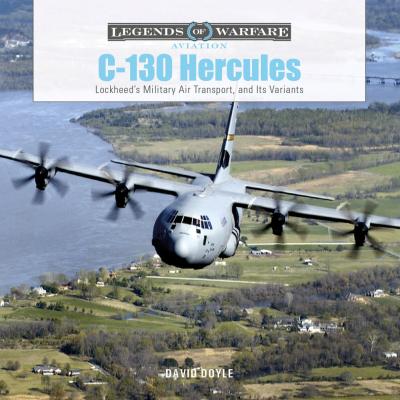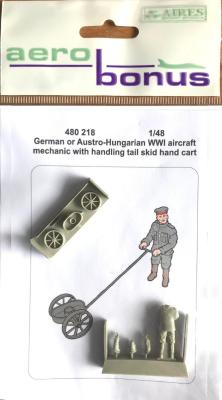Quickboost, a Czech Republic manufacture of after-market resin bits, has added to their offerings to enhance the ICM Holdings series of 1/48th scale A-26/B-26 aeroplane model kits.
Product/Stock#:
- Invader Propellers - QB 48-936
- Gun Barrels - QB 48-949
- Reduction Casing - QB 48-953
- Gun Turret - QB 48-950
MSRP:
- Invader Propellers - $11.00
- Wing Gun Barrels - $8.00
- Propeller Reduction Casings - $11.00
- Invader Gun Turret - $9.00
Quickboost, a Czech Republic manufacture of after-market resin bits, has added to their offerings to enhance the ICM Holdings series of 1/48th scale A-26/B-26 aeroplane model kits. Among the items designed specifically for the ICM kit(s) are :
